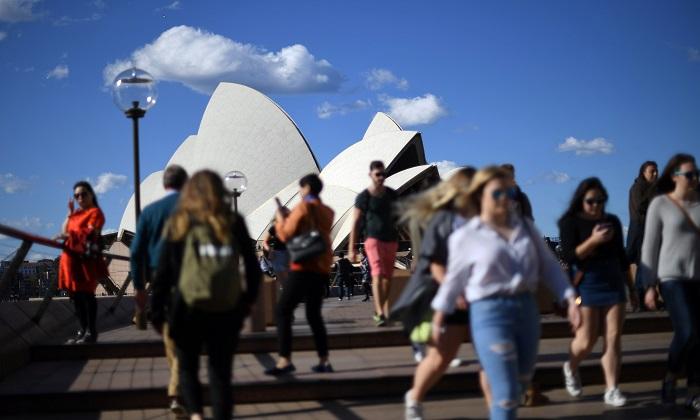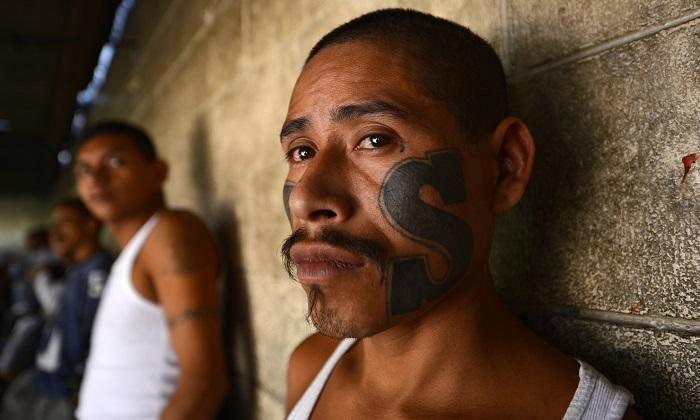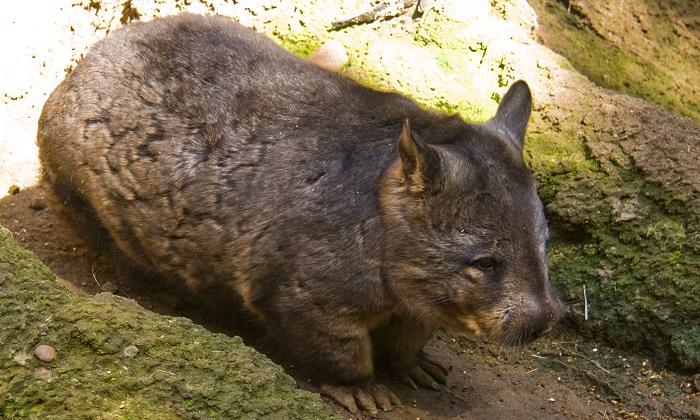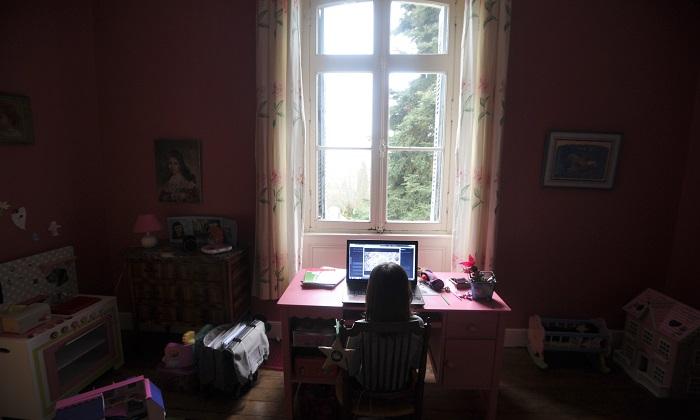Australians have been undergoing a fall in living standards – the longest in more than 25 years. Many of the country’s citizens appear unsurprised.
In an issue that typically fails to attract media attention, The Australian newspaper reported that growth costs in the country have exceeded earnings for the fifth consecutive quarter.




